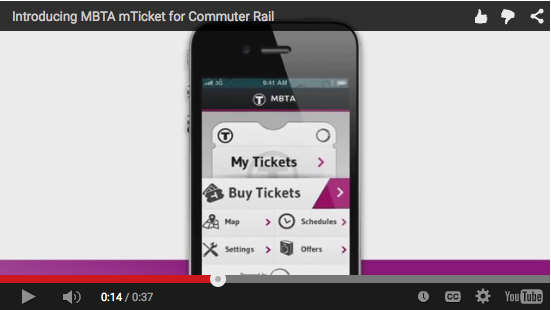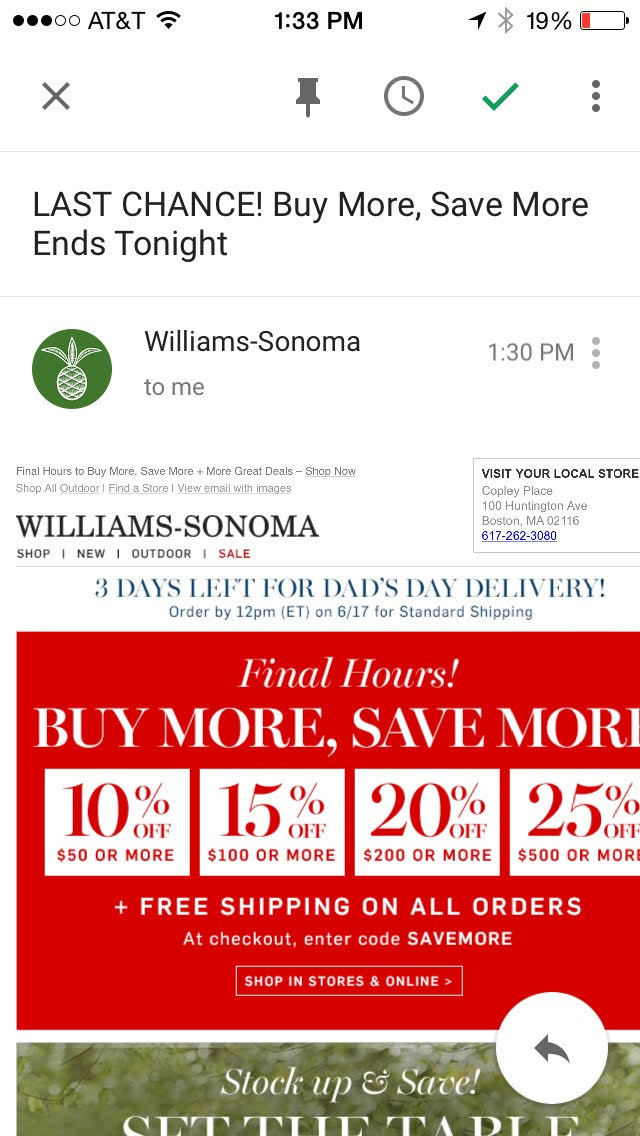Content Creation
Writing for Mobile Advertising: 5 Tips for Doing It Smartphone Style
By Emma Siemasko on June 22, 2015
What's the first thing you do when you wake up in the morning? We used to shut off our alarm clocks, but today, most of us reach for our smartphones. In fact, 171.5 million people in the United States alone own smartphones, which has revolutionized marketing and mobile advertising.
Smartphones have become so prevalent that marketers and advertisers now need to create content that is mobile-first, meaning content needs to function flawlessly on mobile devices, with desktop computers following behind. No matter what you write, your work will appear on mobile. Are you optimizing accordingly?
As content creators, mobile forces us to rethink our style, structure, and potentially the tone of our writing. Here are five helpful tips on how to craft mobile-first content:
1. Study Apps and Articles
The only way we become better writers is by becoming better readers, and the only way to do that when writing with mobile design in mind is by studying your favorite apps. Turn on your smartphone and take a look at three apps that serve different purposes in your life. For example, I might choose the MBTA app because, on a daily basis, it helps me get around Boston.
 Note where the app has copy-in buttons, ads, and other places-as well as where copy is replaced with icons. In the case of the MBTA app, there are six simple options: My Tickets, Buy Tickets, Map, Schedules, Settings, and Offers. The app serves as a mini-website, allowing me to jump where I need to go and nesting additional information within each button.
Note where the app has copy-in buttons, ads, and other places-as well as where copy is replaced with icons. In the case of the MBTA app, there are six simple options: My Tickets, Buy Tickets, Map, Schedules, Settings, and Offers. The app serves as a mini-website, allowing me to jump where I need to go and nesting additional information within each button.
2. Keep It Concise
The most obvious, but also most important, difference between smartphones and desktop screens is their size. Experts say the perfect smartphone size is between 4.7 inches and 5 inches; that's not a lot of room. As a content creator, you need to be ready to slash words, especially in mobile advertising. Concision is important no matter where your words appear, but it's especially important on mobile screens where attention spans are shorter and screens are smaller. Only include what's absolutely necessary, and make sure your copy is as clear as possible.
A shining example is Airbnb, which is one of my favorite apps. In fact, I believe the app is better than Airbnb's regular site. When I click into the Airbnb app, it simply asks "Where are you going?" in a search bar. Along the bottom of the app are icons, rather than copy. Even though I'm a writer, I appreciate that the app is so minimalist and allows me to get where I'm going with ease.
3. Optimize Emails

Apps and websites aren't the only things viewed on mobile devices. Every email you send is likely to be opened on a mobile screen, too. That means you need to use an email marketing software that is mobile-friendly, but you also need to make sure your copy is optimized for email. Avoid being overly verbose with your copy, add mobile-friendly images, and make sure your words are visible when someone opens the email. You don't want a logo or banner obstructing a reader or derailing their attention.
For example, the copy on this Williams-Sonoma email is overwhelming on a small, mobile screen. There is so much copy that it's difficult to read, which doesn't exactly encourage a purchase. After all, how good could the mobile website be if the email isn't optimized for mobile?
4. Get Friendly with Emojis
As strange as it may sound, emojis have changed the way we communicate. Sure, we use them when we text our friends and family, but maybe it's time to get friendly with them from a marketing perspective. The email marketing company MailChimp now allows emoji use in their subject lines and within body texts in emails. These emojis render in full color on mobile devices and add a modern pizzazz to your copy.
Although emojis will make you appear more human and approachable to your audience, you should take care not to overuse these colorful icons. A copy littered with palm trees and hearts could prove dissuasive to the wrong audience. As goes with any copy, make sure that your emoji use is pitch-perfect to your marketing strategy.
5. Read Everything You Write on Mobile
All said and done, if you don't check out your work on a mobile device, you won't get far. Mobile marketing requires a large degree of adaptability, and you need to be reading and observing what happens on your mobile screen so you can apply it to your marketing. As soon as you publish something, check it out on mobile. Make sure that your content is easy to read, accessible, and works well on the screen size. Greater visibility into how your words read on mobile will help you better write for the mobile screen.
Make Every Word Count
As content creators, it's our job to communicate messages as clearly as possible. Blog posts and long-form content are becoming more and more popular, and it's easy to forget the power of clear, concise copy. When we write on smartphones, we must make every word count. Unnecessary language can clutter up screens, confusing users and sending them away. Mobile advertising is bringing back the art of saying more with less, ultimately helping content creators become better, more polished writers.
For more fresh perspectives on today's marketing trends, subscribe to our monthly newsletter, Content & Context.
